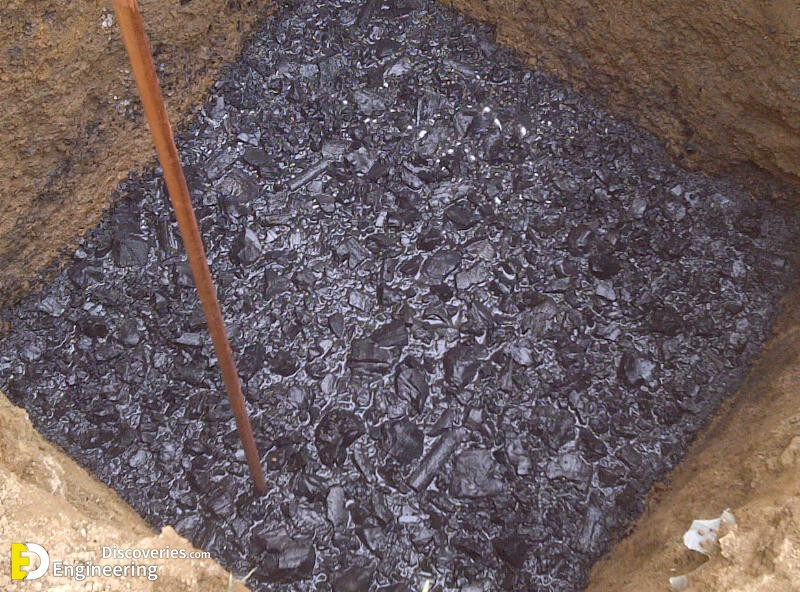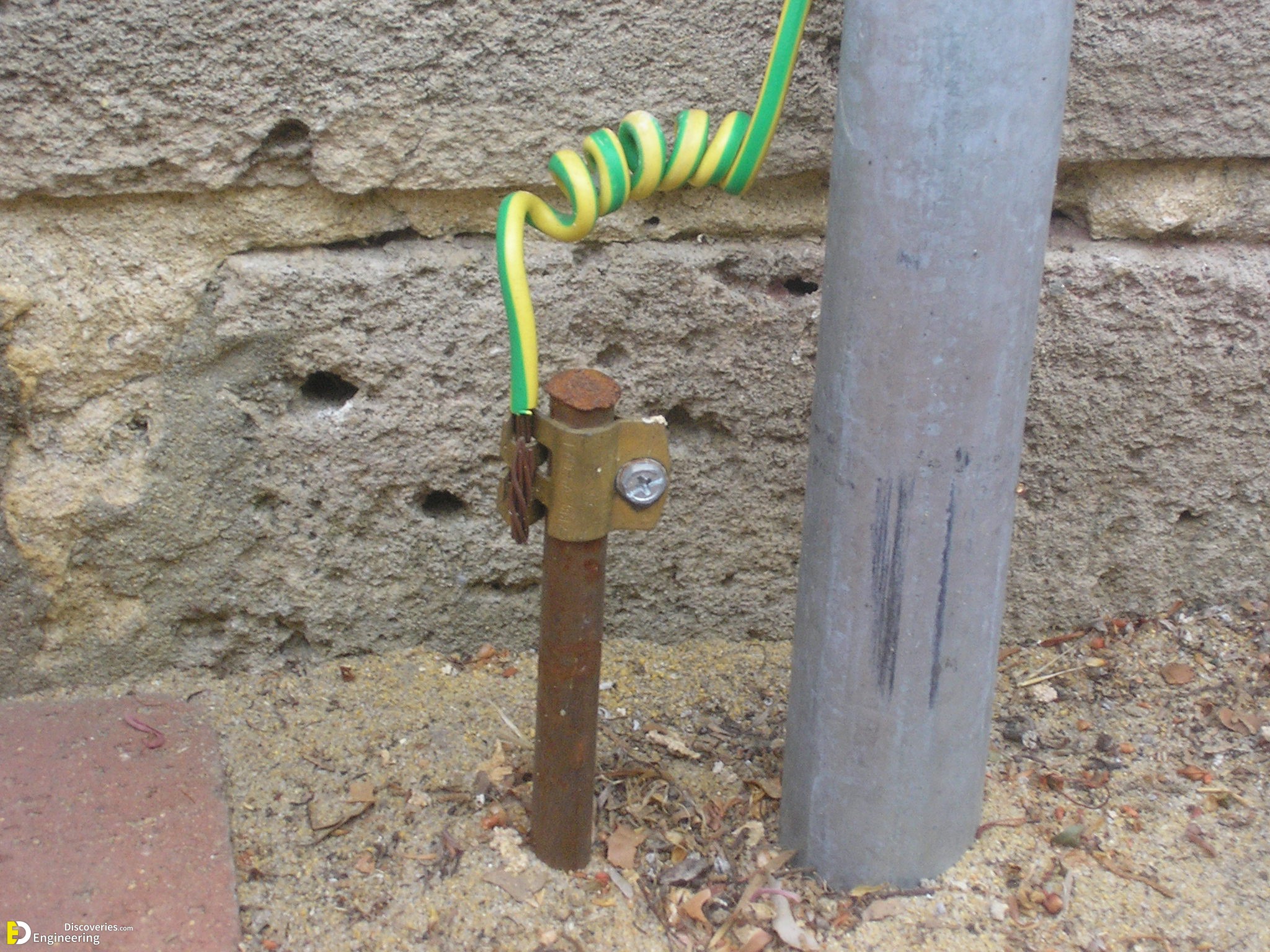The value of the earth is dependent upon the soil resistivity of that particular area. The earth resistance which we are measuring is not the resistance of the electrode. actually, it is the resistance of the conductor and its associated soil. When the fault occurs the current has to dissipate to the soil, if the soil has higher resistivity then the dissipation will not happen properly.
For proper dissipation, we use salt and charcoal around the conductor. IEEE 80–2013 clause 14.5 (a), (b), (c), (d) tells us about soil treatment for better conductivity. Using Salt and Charcoal has its own demerits. Salt and Charcoal are leaching compounds so it required frequent application. You can use permanent earthing compounds which are moisture independent as per IEEE 80–2013 clause 14.5(d). The lifespan of these permanent earthing compounds is more than 25 years.











